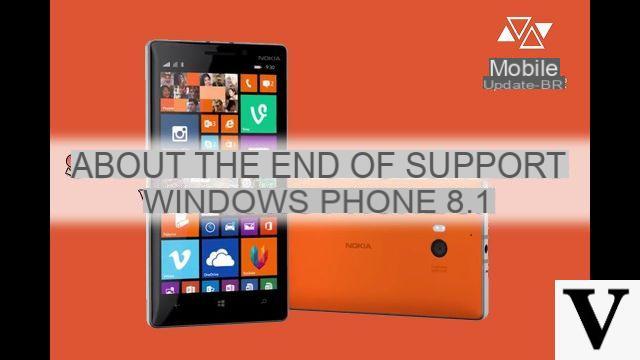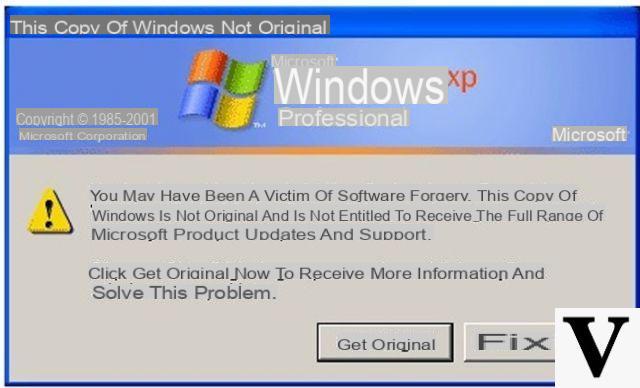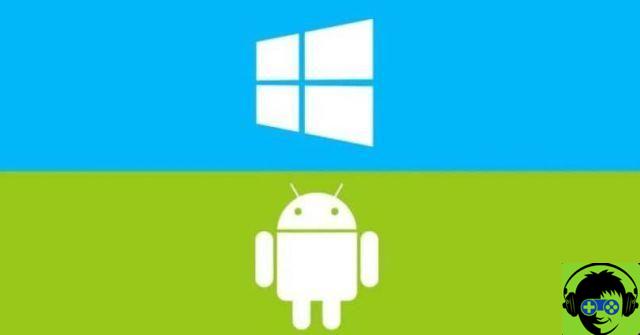
It was already in the air for a long, long time, since the latest insider releases of Windows Phone 10, but now we have the official and the date: July 11 2017. From that day, in fact, Microsoft will cease support and security updates (which have been missing, however, for several months now) for the version of the Windows Phone 8 and Windows Phone 8.1 operating system.
In recent days, among other things, Windows Phone 8.1 was hit by a serious "bug" that some doubts, however, gave rise to it: in fact, during the first configuration of the device (after a formatting or, worse, after a rollback from version 10) it is impossible to access your Microsoft account, making the use of the device very limited.
Windows Phone 8 perhaps marked the turning point and the highest point touched by the mobile operating system of the Redmond house, although that "high point" may seem a euphemism. In fact, sales and diffusion have never been so high: with Windows Phone 7 they were both low, still being a new and unappetizing operating system, while with Windows 10 Mobile, despite the spread was much more massive (thanks also to the possibility to update 17 devices), sales dropped dramatically.
Version 8.1, then, also belongs to a curious record, namely that of the greatest amount of support time from Microsoft: in fact the latest version of Windows Phone 7 (7.8) was supported for only 18 months, Windows Phone 8 has had 36 months of support (while Windows 10 mobile will have at least 24 months of "life").
Windows Phone 8 and 8.1, however, were also the most discussed versions by the mass. In fact 8.1 was supported by a few devices (it had arrived on the market with the Lumia 640 and 640XL) behind the promise to update all devices running Windows Phone 8 to the future version, 10, as long as they have at least one gig of RAM.
A promise that was never kept as on more than 30 different devices only 15 were lucky (430, 435, 532, 535, 540, 636, 638, 635, 640XL, 640, 735, 830, 930, 1520 plus the new 650, 950, 950XL which were born by default with 10) leaving the rest of the users in a panic, including users with 920 and 1020, perhaps the most characteristic and loved devices by Windows Phone users.
What will happen now? It is easy to say nothing. Windows Phone 8 and 8.1 have not received updates for months and support is almost zero. Probably shortly before the end of support Microsoft will release a final final update which, at the very least, will fix the most known and / or serious bugs.
But what can the end user do now?
That said, the end user with a non-upgradeable device now finds himself at a crossroads with three viable paths: staying with WP 8 / 8.1, changing smartphones or trying his luck with an insider.
- The first choice is the most recommended for the "beginner" user, the one who does not know how to fiddle, who does not want to waste time and who is as comfortable as he is. In fact, remember that Windows Phone is a very safe operating system and even without updates it remains very usable (and this is the first advantage of these systems). Indeed, on some devices that do not support Windows 10 mobile, the insider has brought out some stability problems that the novice user could cause quite a few problems.
- The second choice is especially suitable for who was already willing to change their smartphone, only that puts the user back at a new crossroads: continue with Windows Phone or change completely? In the case of novice users, perhaps it is better to stay in the Windows Phone sphere, especially if the user is someone with an advanced age, in fact the ease of use of Windows Phone, from this point of view, is perhaps unbeatable, and now there are upgradeable or native devices with 10 that cost relatively little. If, on the other hand, you want to totally change your way but are very fond of the main screen or other programs, there are valid alternatives for Android and today, especially with the advent of cinafonini, you will always fall on your feet. Check out our guide for more information.
- The third and last choice is for geeks or those who absolutely do not want to change the device but who want it, at least, updated. Microsoft does not recommend (and God forbid, a smart move) to subscribe to the insider program with non-upgradeable devices, but especially with the old top of the range there are no particular problems of usability and fluidity, although in this way the guarantee falls.
The choice is yours: will you still stay on Windows Phone or switch to Android or iPhone?

























